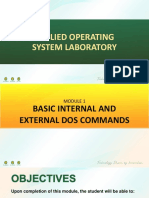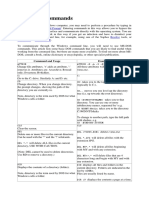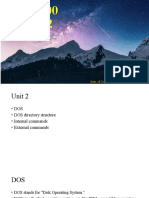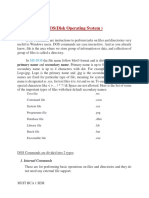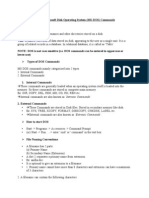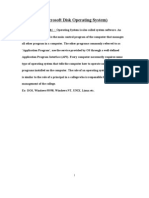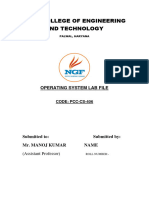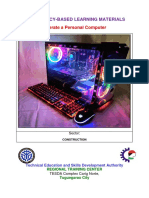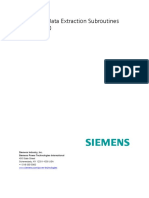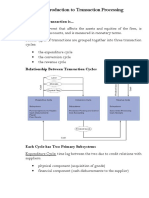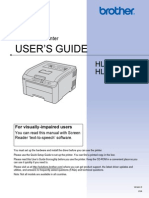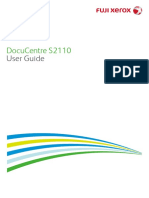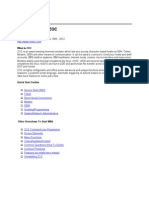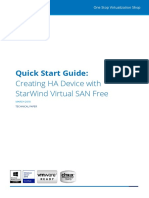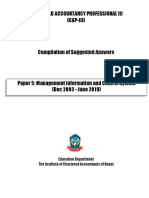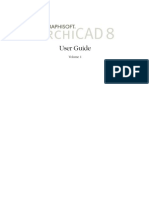0% found this document useful (0 votes)
118 views10 pagesUnit 5 MS Dos
The document discusses MS-DOS and various commands used in DOS and Windows command line interfaces. It describes commands to manage files and directories like COPY, DEL, DIR, TREE, CD, MD, RD, REN, TYPE and attributes. It also covers commands for date, time, clearing screen and exiting. Wildcard characters, batch files, history of Unix operating system are also summarized along with examples.
Uploaded by
Tapan RanaCopyright
© © All Rights Reserved
We take content rights seriously. If you suspect this is your content, claim it here.
Available Formats
Download as PDF, TXT or read online on Scribd
0% found this document useful (0 votes)
118 views10 pagesUnit 5 MS Dos
The document discusses MS-DOS and various commands used in DOS and Windows command line interfaces. It describes commands to manage files and directories like COPY, DEL, DIR, TREE, CD, MD, RD, REN, TYPE and attributes. It also covers commands for date, time, clearing screen and exiting. Wildcard characters, batch files, history of Unix operating system are also summarized along with examples.
Uploaded by
Tapan RanaCopyright
© © All Rights Reserved
We take content rights seriously. If you suspect this is your content, claim it here.
Available Formats
Download as PDF, TXT or read online on Scribd
/ 10







